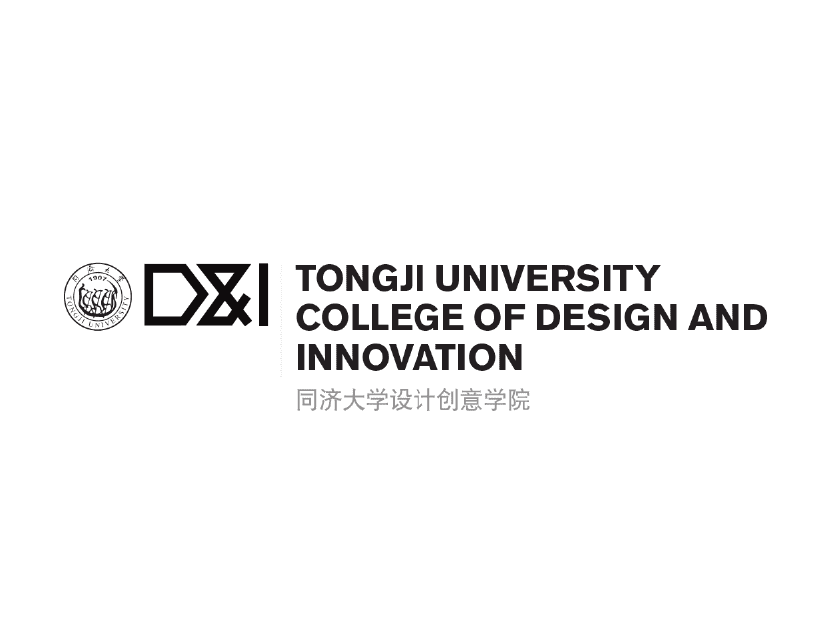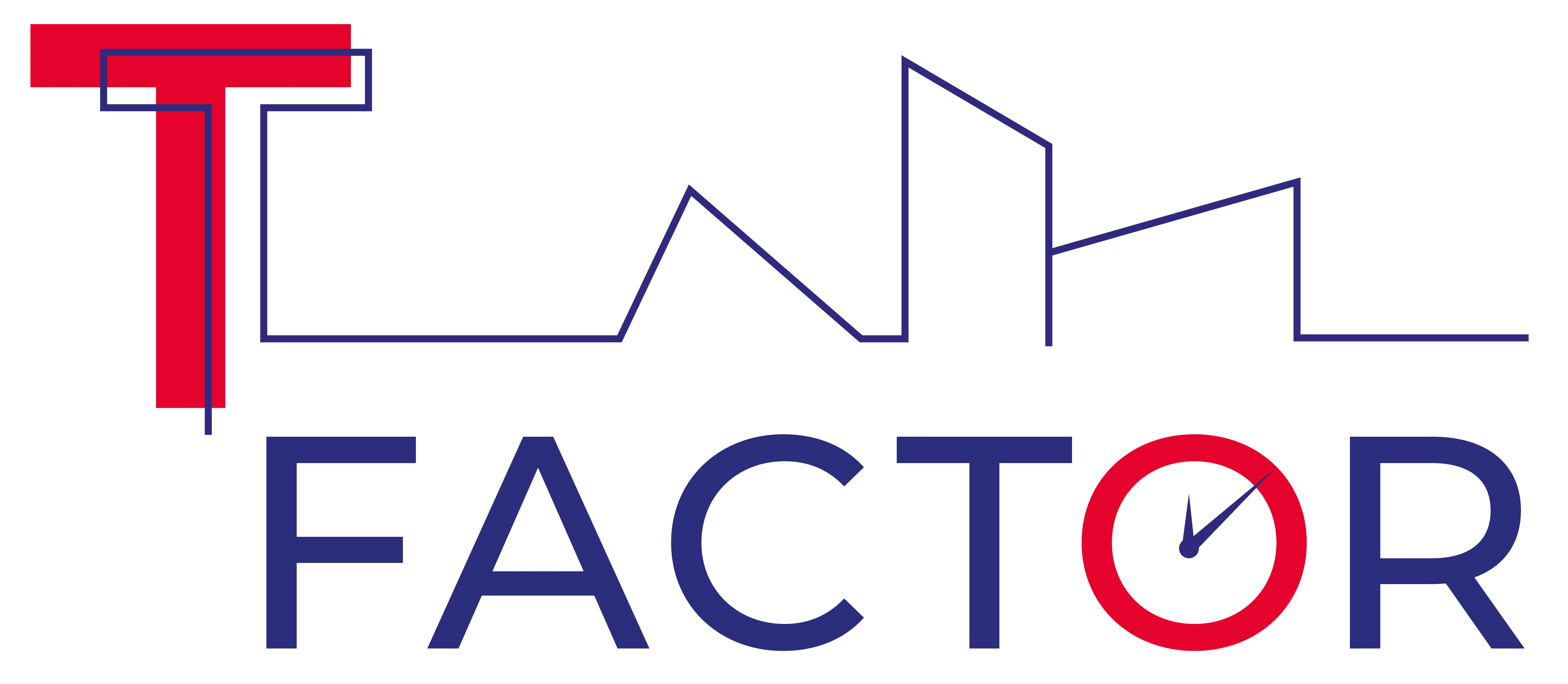/SHANGHAI

More than a “Pilot”, Shanghai emerged as a unique form of T-Factor implementaton site. Originally participating as a ACS with the case of Red Town, in 2022 it received support from the Ministry of Science and Technology of the P.R. of China under the grant agreement #2022YFE0197700 as International Cooperation Key Project. It become operative with a “semi-pilot” configuration: a regeneration place where T-Factor process and methodology are being applied, verified, and expanded.
The label of “semi-pilot” include the peculiarity that Shanghai is not participating to T-Factor with a specific re-development site; instead, three areas of urban regeneration have been identified in the city and are the current stage of research implementation and development:
- Xinhua Community Design Centre (Xinhua CDC)
- NICE2035 Future Life Prototype Street
- MeetU Lab at KIC
The three sites differ in the governance model, spanning from full participatory engagement in case in Xinhua CDC (where the community is fully engaged in the transformation of the space), the entrepreneurial model of NICE2035 where the alliance of local government and University build scenarios of citizens engagement, and the hybrid model of MeetU Lab as a creative mobile laboratory of temporary urban practices, supported by the management of the Knowledge and Innovation Community (KIC) innovation and commercial park.
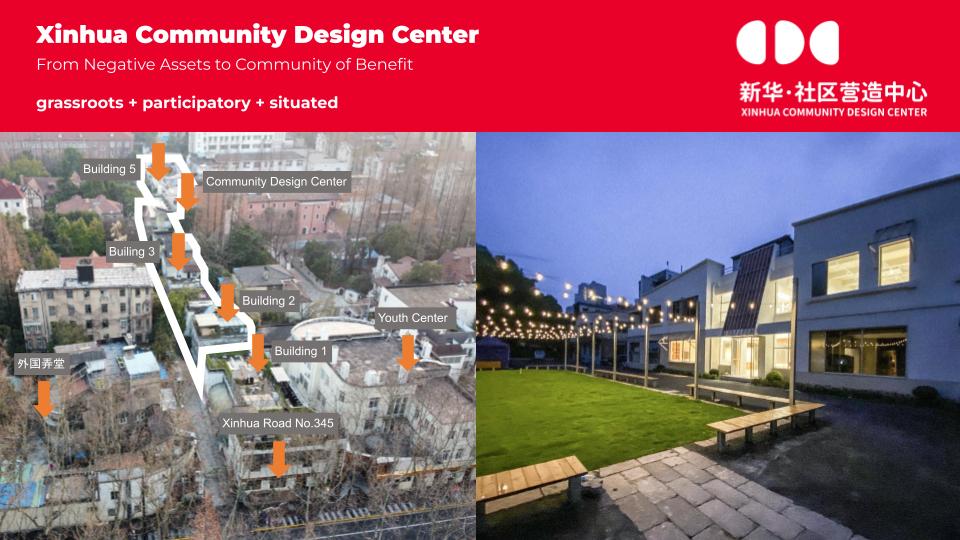
/Xinhua CDC
Xinhua Community Design Centre (Xinhua CDC) is a co-creation space which encourages residents to communicate, collaborate and participate in community governance. CDC is run by the social enterprise “Big Fish” (Dayu) in collaboration with the local government of Changning District, and it aims to build a democratic community life cycle and participatory community development hub. CDC concept is that by involving residents in discussions on public affairs, space management and activities, community evolution, the citizens will be more pro-actively involved and will be enable to involve in long term maintenance and development.
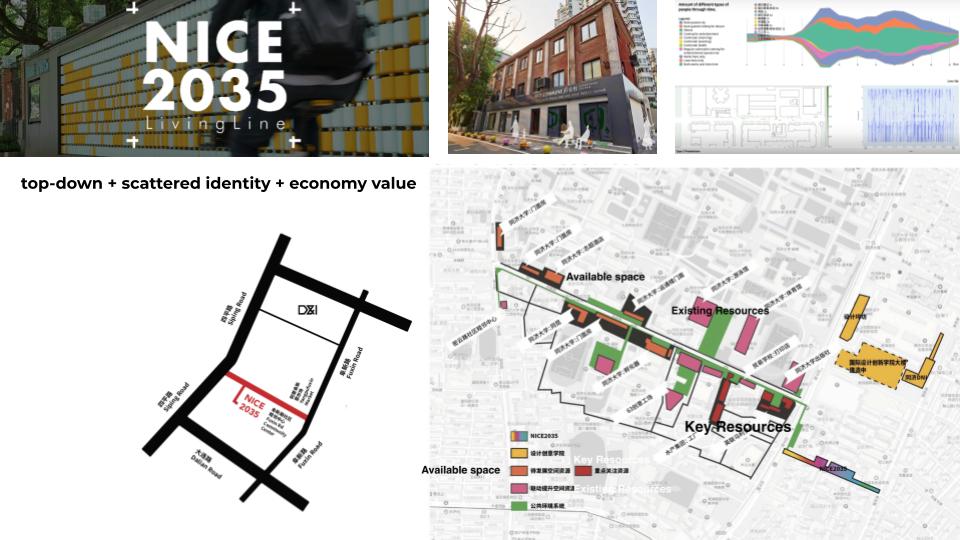
/NICE2035 Future Life Prototype Street
Supported by the local government of Siping District and operated by the College of Design and Innovation in Tongji University, NICE 2023 is a large scale urban regeneration project to deploy experimental spaces with future living prototype into the community. NICE 2035 is a design-driven, community-supported social innovation experiment aimed at leveraging the talents, creativity, technology, capital, and transformative support of universities.It takes a “living lab” approach to address real-world challenges starting from needs and user perspectives. The goal is to experiment with a model of future (N)eighbourhood based on (I)nnovation, (C)reativity and (E)ntrepreneurship. For this reason, several spaces at the street level within a residential area of traditional workers lane houses are available for project of co-working, community renovation, landscape micro-renewal, local entrepreneurship, start-up accelerator, placemaking experiments etc.
Despite the nominal support from the government, the project is challenged by very high constraint in local partnership between local administration and the active stakeholders, and it suffer from economic pressure (rent costs, safety regulation, etc)
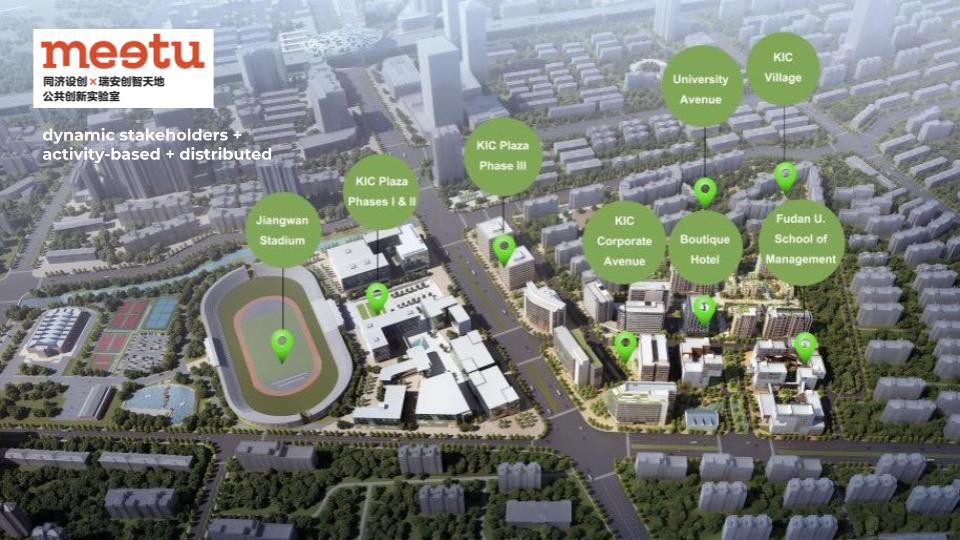
/MeetU Lab
In 2023, the Meetu Lab concept of a street laboratory – where research projects from the University can spillover from campus and root in temporary spaces within the community – was launched in Daxue Rd. 47, originally a second-hand mobile phone store that was vacant for about a month. During this month, the first activity of the lab was an exhibition related to waste and sustainable business which was created through a co-desing process with the local businesses to develop the basic principles of sustainable stores.
Since that inception, MeetU Lab is moving around the neighborhood of Daxue Rd. and relocating its activities and projects in different venues. It currently fill a vacant lift atrium in the nearby shopping centre.
/CURRENT RESEARCH
- Temporary uses missions
Alongside the implementation of temporary uses, the Shanghai team is developing the mission based on the Theory of Change for the three pilot sites, to highlight divergence and synergies in the regeneration missions.
- Advanced Case Study in China
Following the T-Factor process, the Tongji team is developing a case study temporary uses and regeneration processes in different provinces of the country and aiming to cover different urban configurations (first, second, third tiers cities, and rural towns), which include at the moment a database of 80 sites and a fieldwork in 12 locations.
- Mission
Still in process, we are trying to have a comparative look between the three sites alongside a “double mission”
CLUSTER GOVERNANCE
MISION 1
Triggering Universities-grassroots collaboration
This mission leverages on University and local government partnership to stimulate a bottom-up ecosystem of small business and local entrepreneurship that would give the residents more assets and resources for self-management, and to the students and the university community a more stable format of business empowerment.
MISION 2
Collaborative, Creative & Community-led Meanwhile
Infrastructure placemaking has been activated for many years in the area, and we are moving toward a phase where more space of creative economy and cultural clusters could be developed for the residents community.
MISION 3
Collaborative & Circular Economy & Enterprise
The regeneration of local communities aims to promote a fully sustainable model to become a framework for other city districts and urban communities initiatives. Circularity must be the core value around which local residents, especially young people, can start up new (social) businesses.
CLUSTER ECOLOGY
MISION 1
People and Planet-centred Innovation Ecosystem
Reconfiguring the identity of the community around the interactions between people and the environment, and producing a positive spillover to the overall residential area.. This may happen incorporating research initiatives and technology prototypes into the co-creation process of the citizens.
MISION 2
Wild and Cultivated Spaces
Temporary initiatives aimed to develop the “green sense” of the community and produce a work on knowledge, assessment, and preservation of the ecological space in the urban context.
MISION 3
Do-It-Together Eco-Practices
Sustain ecological practice in a collaborative way so then the continuous activation of the community could be a key sustainability factor of the ecology lab. As the ecosystem evolves and transforms over time, the collaborative process of the community would determine its resilience.
International Collaboration
Shanghai Roadshow, November 2023 – Urban Regeneration Festival
Celebrating Meanwhile Spaces and Temporary Uses across Europe and Asia to create Ecological and Inclusive Cities
Next Steps
The funding for the Shanghai pilot by the Ministry of Science and Technology will cover until June 2025. Before the end of the T-Factor project on the EU side, we aim to consolidate the contribution to the Portfolio by adding as many as tested temporary uses as possible, and to complete the articulation of the pilot according to T-Factor methodology.
After the conclusion of T-Factor in the European timeline, the Shanghai pilot will mainly focus on international dissemination and expansion of the T-Factor impact, whereas this could be by methodology assessment, involvement of other Asian partners, and comparative studies on the different governance contexts.
And we want to translate T-Factor Book in Chinese!
Stay in touch for updates!
tfactor.shanghai@tongji.edu.cn
SHANGHAI LOCAL COALITION


